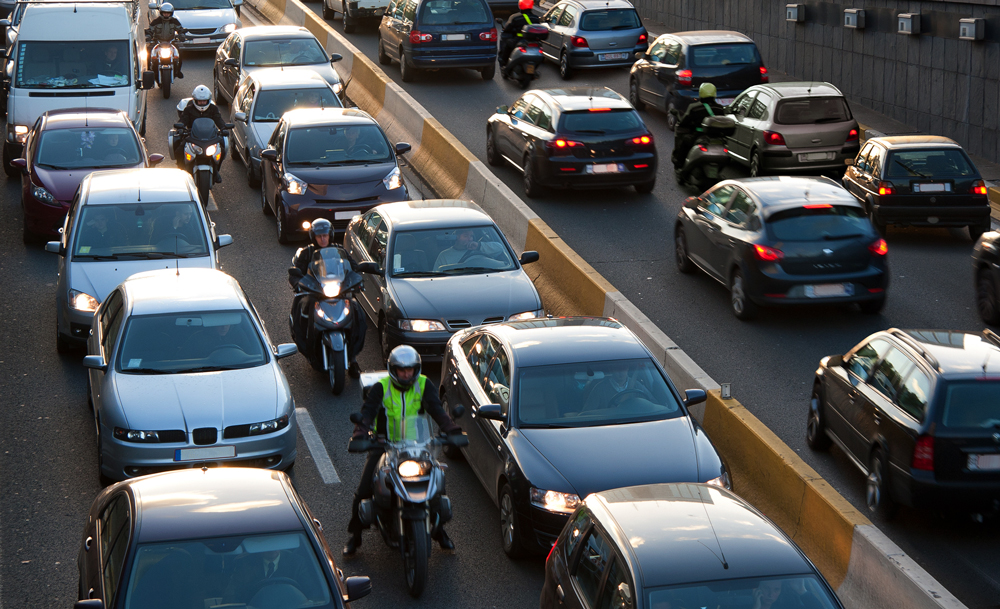
Photo by Artens | Shutterstock
This a guest post written by the British Columbia Coalition of Motorcyclists (BCCOM), a membership-based lobbying organization that promotes motorcyclists rights in the province of B.C. and represents the voice of BC’s motorcycling community.
The British Columbia Coalition of Motorcyclists (BCCOM) has been asked numerous times by our members over the years to put forward a proposal to legalize lane filtering in British Columbia. A proposal was drafted and sent in 2011 and again revised and sent in 2013. Both were rejected; the provincial government at the time was not comfortable with the findings.
On January 1, 2017 California became the first state to legalize lane splitting. That is not what BCCOM is trying to accomplish in B.C.; we want to implement lane filtering.
The main difference between lane filtering and lane splitting is the speed at which it is done. Lane filtering would only allow motorcyclists to filter in stopped traffic or slow moving congestion (going 30km or less) and would only allow motorcyclists to travel 10km above the speed of traffic.
We see lane filtering as a safety issue. A new study by the University of California, Berkeley reviewed almost 6,000 traffic collisions that involved motorcycles between June 2012 and August 2013. Researchers, led by Dr. Thomas Rice of the Safe Transportation Research and Education Center (SafeTREC) found what many riders in B.C. already believe: “lane-filtering” is safe if you do it at a reasonable speed.
Key findings:
- Lane-splitting is safe if done in traffic moving at 50 mph or less and if motorcyclists do not exceed the speed of other vehicles by more than 15 mph;
- Compared to riders who were not splitting lanes, lane-splitting motorcyclists were markedly less likely to suffer head injury (9 percent vs. 17 percent), torso injury (19 percent vs. 29 percent) or fatal injury (1.2 percent vs. 3 percent);
- Compared to other motorcyclists, lane-splitting riders were more often riding on weekdays and during commuting hours, were using better helmets and were traveling at slower speeds;
- Riders who split lanes were very infrequently rear-ended by other motorists (less than 5 percent) and compared to non-lane-splitting riders were 2 percent less likely to be hit from behind.
It also states that lane splitting riders were more likely to rear-end a motorist who has unexpectedly changed lanes in front of them. The full study can be seen here.
Lane filtering is a common practice in many countries across the world, especially highly urbanized areas in Asia and Europe.
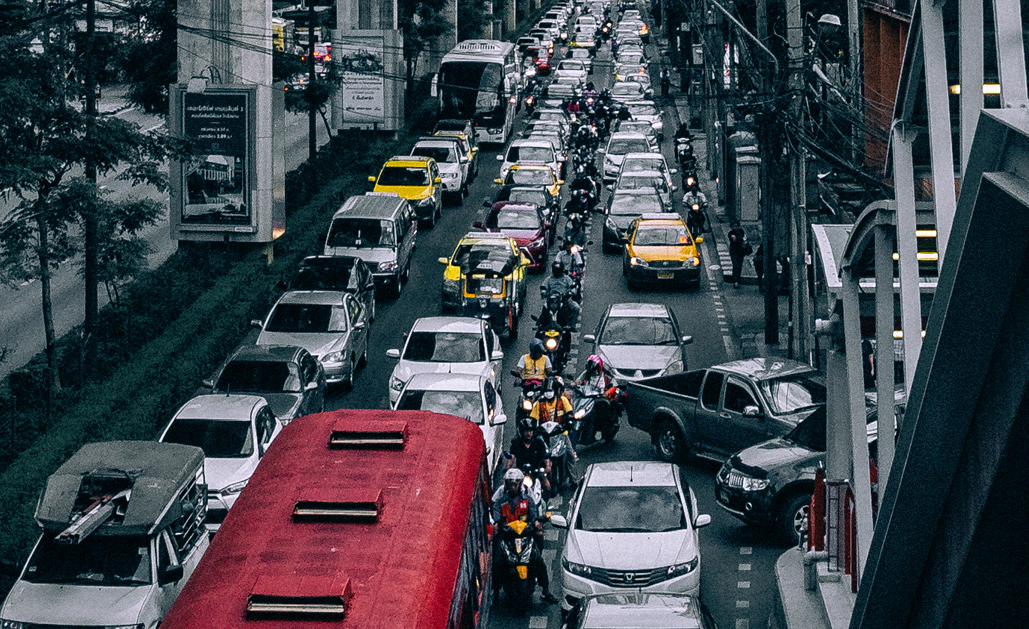
Lane Filtering is a common practice in urban cities like Bangkok, Thailand
BCCOM wants to sit down with the Ministry of Transportation, ICBC and TransLink to discuss bringing lane filtering to our province and how to safely implement the practice. Guidelines will need to be set so that law enforcement is able to help execute and regulate responsible practices. Since a large majority of motorists in B.C. do not ride motorcycles, non-motorcyclists will need to be informed of the risks and the benefits of lane splitting. We believe it would take a few years and a number of large public awareness campaigns to educate road users.
We have prepared a template for BC’s motorcycle community to send to nominated candidates in the upcoming British Columbia election this May.
Dear ______________:
I’m writing you on the behalf of myself and the motorcycling community in ______________, I would like to know what your political stance would be on lane filtering being established in British Columbia.
Lane filtering would give motorcyclists the legal right to filter through standstill traffic (red lights or traffic jams) and or strong congestion going 30 km or less and would only see the motorcyclist going 10km above what the rest of traffic is doing. It would help to position motorcyclists in a spot where they are less likely to be rear-ended and would help motorcyclists to be more visible to other motorists around them.
Cutting down on both air pollution and congestion would also be a benefit in implementing lane filtering. Of course this would be an issue that would take research, time and a large public awareness campaign to implement.
I look forward to hearing your opinion on the matter.
Thank you for your time.
_____________________
We want to see this practice brought in to help prevent motorcyclists from being rear-ended, to help safely get them to the front of the line where they will be more visible (to motorists) and have better visibility for themselves.
If lane filtering were to be approved in British Columbia, BCCOM reminds riders that it is a choice that everyone can make for themselves. If it’s a practice you don’t feel comfortable with, it’s not something you have to do. We ask that everyone keeps an open mind and considers the wishes of other motorcyclists who see the benefits of lane filtering.
For more information, visit the British Columbia Coalition of Motorcyclists online at www.bccom-bc.com.

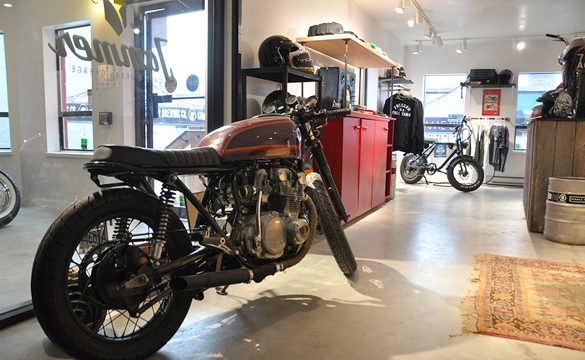
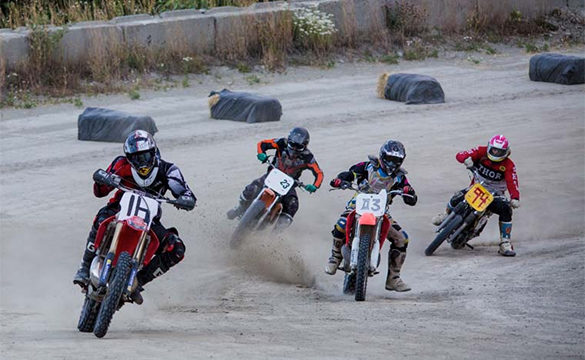

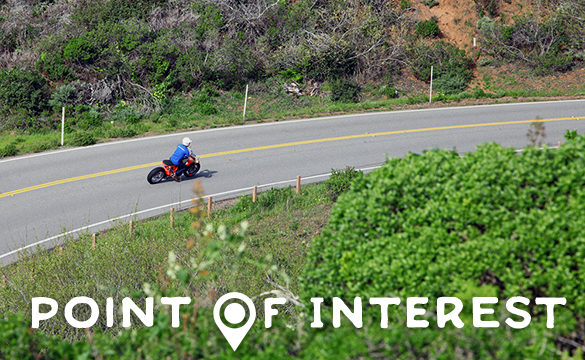

5 comments
The reason I renewed my membership. I will be ecstatic if somehow this legislation makes it through. I’ve read essentially all of the reports, the UC Berkeley report only being one of many, and they all unanimously support the practice.
As a bike rider for 50 years without an accident, I think it’s a accident waiting to happen splitting lanes, as in the onset it sounds good, but with the experience I have, I know that vehicle drivers are not attuned to bikes driving up beside them, specially the idiots that think they own the road, and will purposefully cut you off.
I think it’s only really safe when the vehicles are stopped … Alot of motorists have really bad habits when it comes to changing lanes last min.
I don’t think it is a good idea! What with all the texting and distracted driving going on drivers don’t know where they are half the time! I have been riding a very long time and this has always been a dumb dea in my books. Even if they adopt it I will never do it, I don’t trust drivers, period!
I’ve ridden since 1976. I’ve also travelled extensively and have seen filtering work in so many countries.
But there is a cultural component to this as well. Motorcycle and scooter riding in other countries is seen largely as practical transportation.
In North America, riding has a huge image and ego component. There is a self riotous arrogance that has created an us and them mentality, that is the bikers vs the cagers. It’s a phony bravado that needs to change if filtering is to be successful.
The weekend 2 wheeled road warrior who steps away from the accounting department and goes looking for side mirrors to smash if they get crowded in traffic needs to change their riding attitude.
And drivers have to let go that m/cs can’t have an advantage in traffic over cars despite the obvious benefit of smaller size and maneuverability.
I’ve started filtering in the spring of this year (2017) on Highway 1 east of Vancouver during peak traffic volumes and traffic incidences. The bike is wide so I don’t run between the lanes as I’m sure it might startle unwitting drivers. I roll the left median (at about 15 kms above the 30-40 km traffic speed) where there should be no reason of a car occupying it. I have yet to encounter any resistance from drivers and I do this route once per week.
Riders simply need to start filtering. But we need to do it in a responsible, adult manner without wearing any self riotous attitude badges pinned to our jackets.
Just do it. If the space is tight, don’t do it. Thank drivers with a wave or a nod if they provide space.
The practicality of filtering is perfectly clear. But the rider/driver mentality fuzzifies the issue. Too bad.
See you in the left median!